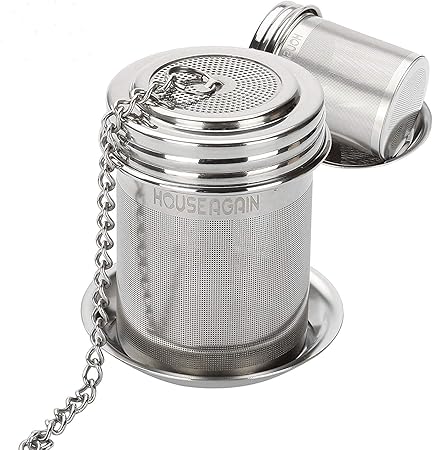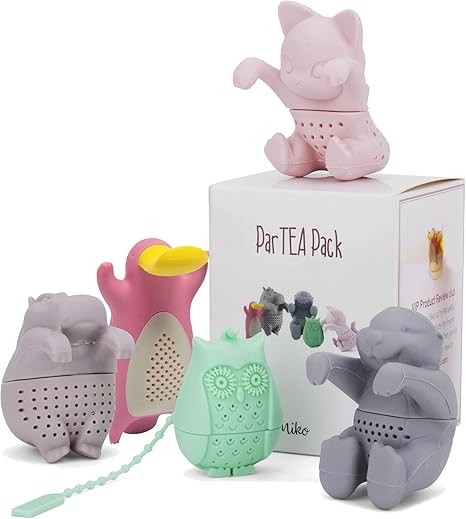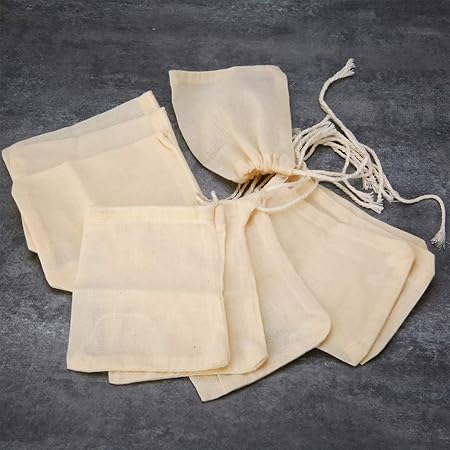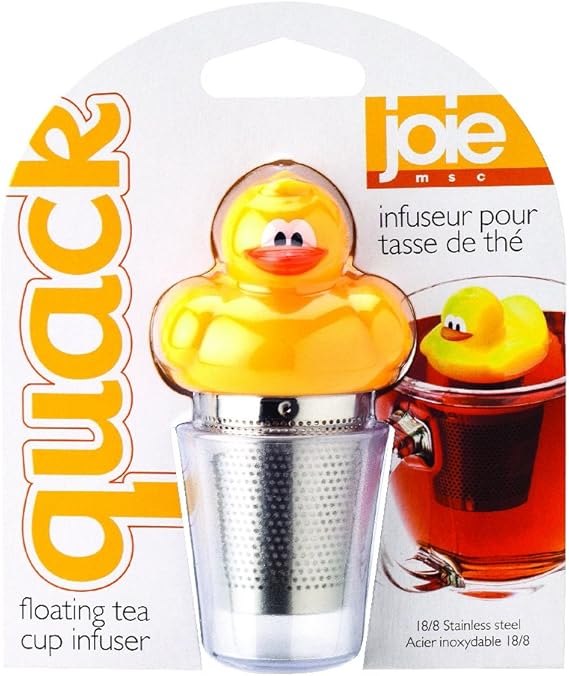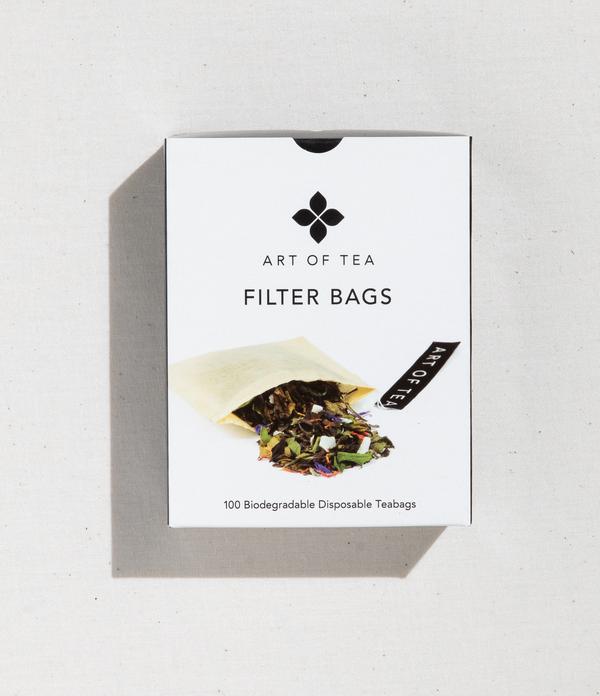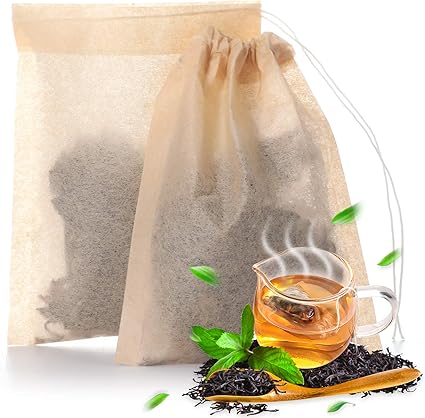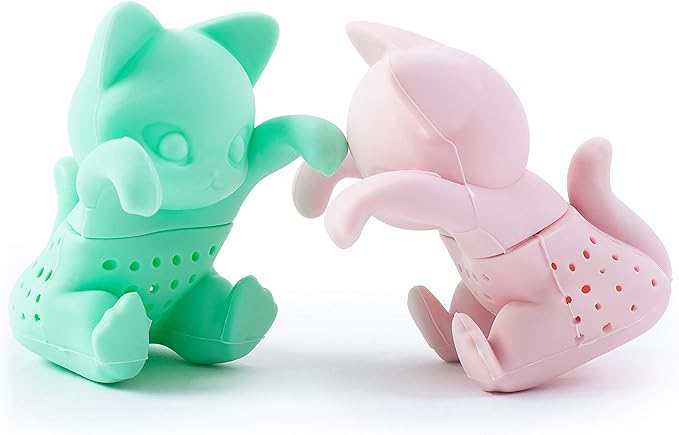The value of a tea infuser is known to the holder. Have you ever been anywhere with your loose-leaf tea and not have a tea infuser? It’s horrific.
At a time when I needed an infuser at work, I was lost. I even tried a coffee filter. It did not work. Tea infusers can be metal and serious or silicone and fun. Both metal and silicone are heat-resistant. Of course, there is the standard filter paper. Today, we are not going to talk about those. Today, we are going to talk about top infusers.
Tea infusers come in many different shapes, sizes, materials, and motifs.
An infuser helps tea drinkers keep the water and the leaf (or herb) separate. Yet, allows the two to fuse together into a perfect drink. You can use an infuser with hot or cold tea. There are mugs and teapots that have built-in infusers; those are for a different article. Today, we will talk about individual tea infusers.
How To Choose The Best Infuser

I could tell you that the best infuser will be the one you choose. That is not always the case. I like the fun, flexible, colorful infusers. Those do not always work as some are made to be cute and not made to hold an expanding amount of tea. There are some functional, fun diffusers for you to own. We will talk about them below.
The best infuser is one that works for you. You may also want to own a few different to go along with the tea in your tea cabinet. Why? As different as teas are, those teas need the difference with infusers.
What Are The Advantages Of Infusers
You can call it a tea ball, tea maker, or tea egg, but today we call it an infuser. The 19th century gets credit for the popularity of the tea infuser.
The biggest advantage of owning an infuser is no leaves in your tea (or your teeth). After that, you have to decide what teas you favor. If you are drinking a tea or herb that is cut fine then the holes of the infuser will need to be smaller and closer together. A larger or whole leaf tea can have a larger fusing area.
Then there is the clean-up. The clean-up of an infuser is so easy and simple. Next, remove the leaves and rinse. I rinse mine a few times and then use soap and water or toss it into the dishwasher. Easy, clean, and ready to use again.
Tea infusers save on waste as they are reusable, over and over again.
Things To Look For That Differentiate Infusers
There are few things that differentiate infusers. I like to call the metal infusers more serious and the silicone ones more fun. But explaining the differences is unique as the infuser:
Perforations
- The one important thing, as we mentioned earlier, is the size and distance of the holes in your infuser. If the holes are spread too far apart, steeping many allows particles of tea or herb to pass through. If they are too close, then the fusion process may take longer for the leaves to brew and mix with the water.
Size
- Size is important. If you are using a cup that is deep, your infuser may sink to the bottom. You are left digging the infuser out unless it has an attached handle or string. If your cup or brewing method is shallow and your infuser is not, that makes brewing a bit of a problem.
- Some infusers can be bulky and not easy to work with a cup or teapot.
Handles
- Some tea infusers have tabs or a handle that you place on the side of your cup. This helps the infuser stay about the water link yet allows the tea to sit below.
- Some of the cute silicone tea infusers attach to the side of the cup. Some figures are holding on; they are really cute.
Materials
- The dangers of plastic and hot water are documented. Silicon is new on the scene; we don’t know its exact toxic nature when exposed to high heat temperatures.
- Metal is a good choice as long as that metal is stainless. Stainless steel is safe in hot water. Stainless steel is also slower to rust than other metals.
- Are there parts that are fused together with a toxic ingredient? Make sure to look over your infuser. Make sure there are no joints or areas that are fused together with toxic or unsafe material.
What’s The Best Way To Use An Infuser
- Using an infuser is the easy part. Once you decide on your design, wash it carefully. Open it up and place your tea leaves inside. Today, we are focusing on tea strainers that go inside the cup. Place your tea infuser inside the cup, add boiling water, and wait. Wait for your desired time of infusion. Remove your tea infuser and set it aside. I have a tea bowl that holds my tea infuser so I can use it again for a 2nd steep.
That is it. Simple. Because tea can stain, don’t allow the leaves to sit too long. It will stain, and the removal of the leaves is more difficult as they start to dry inside the infuser.
Let’s Talk About Tea Bags
If you want more information about tea bags and their history and safety, I’ve written an extensive article on Tea Bags HERE.
There has been much controversy over paper tea bags. Tea users will tell you that they rely on infusers more than tea bags for a few reasons:
- May contain chemicals
- Teas contained in a tea bag are generally of a lower quality
- Teabags do not give room for expanding tea and lack flavor
- The tea infuser tool is a step towards being a tea aficionado. It’s all a learning and growing experience. Growing from a teabag to a tea infuser. It’s a lovely step.
- You have to consider that most teas you buy that are already inside a teabag are what we call fanning. Fannings are the leftover of the processed loose-leaf teas. You are not getting high-quality tea.
- Did you know the teabag was developed as only a bag in which to deliver tea? Read my blog post here about the Tea Bag to learn more
How much tea will an infuser hold?
- Your infuser should allow for at least one teaspoon of leaves per six ounces of water. There should be room for your leave to unfurl. The steeping time will vary depending on which leaves you are brewing. I suggest following the tea merchants’ directions.
Dishwasher safe
- I find it easy to clean my infusers by hand. Every so often, I do like to put them into the dishwasher for a sterile cleaning. Please make sure that the infusers you buy are dishwasher safe. If not, I’d advise you not to test the limits by putting them into the dishwasher.
Can it be used for cold tea?
- Absolutely! The brewing time, of course, will be longer, and it will have a period in the refrigerator.
How do they stay together?
- Generally, if there are two parts, they will either screw or snap together. Make sure that the fit is secure and will not easily come apart.
Will it work in the microwave
- I do not suggest brewing tea in the microwave. If you have to, I would check manufacturers’ suggestions on the infuser.
Conclusion
While silicone ones are very creative, there are so many designs to choose from. These of course, are more whimsical than functional. It is still fun to own a couple for conversation.
The stainless steel infusers seem to be the most durable and give a better, well-rounded infusion. They also seem to be easier to clean up.
By comparing these infusers side by side, you are able to get a better idea of how they will work for you and your tea needs. You can compare size, materials, quality, and more in one blog post.
There are a lot of tea infusers to choose from, and I explored a lot of them to bring you the top five for this blog post. Of course, feel free to pick your own, and when you do, send me a picture and tell me why you decided to pick that one. something new.

